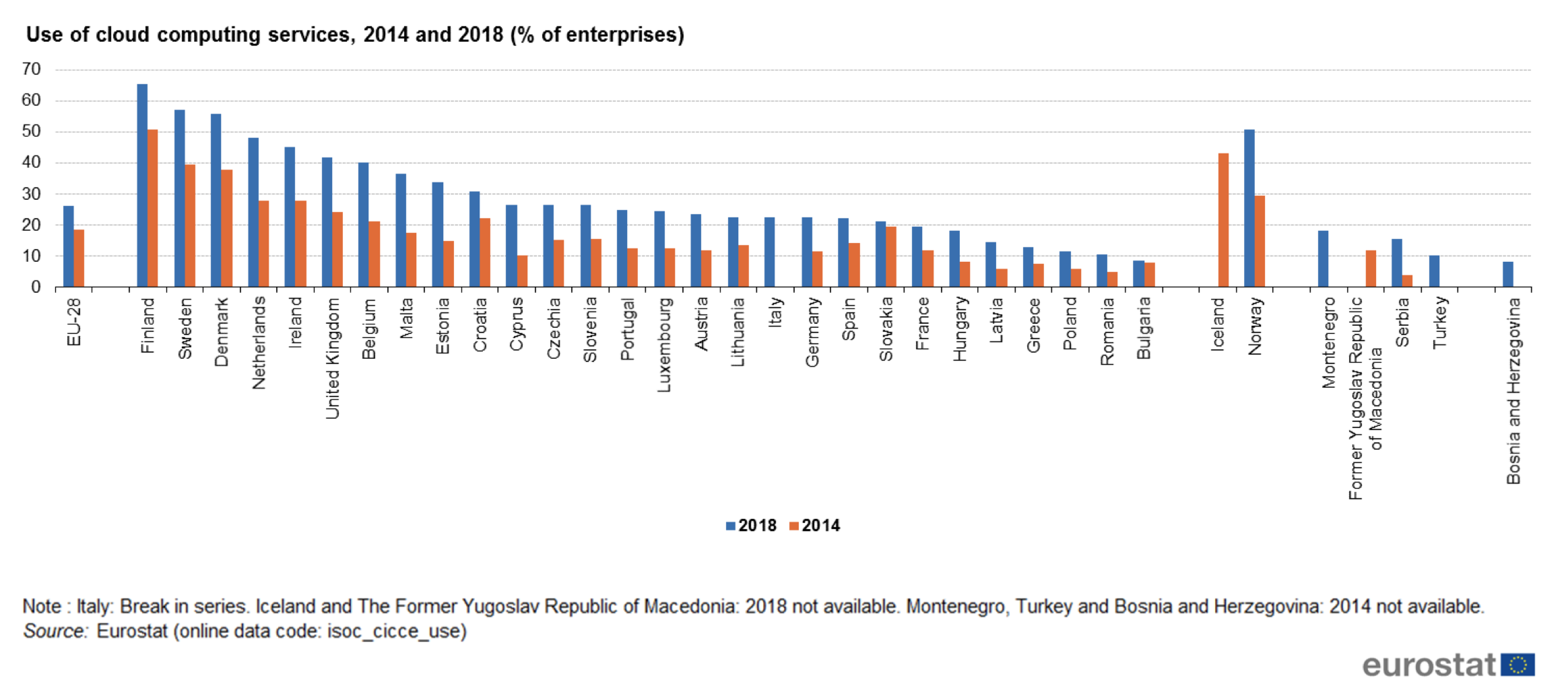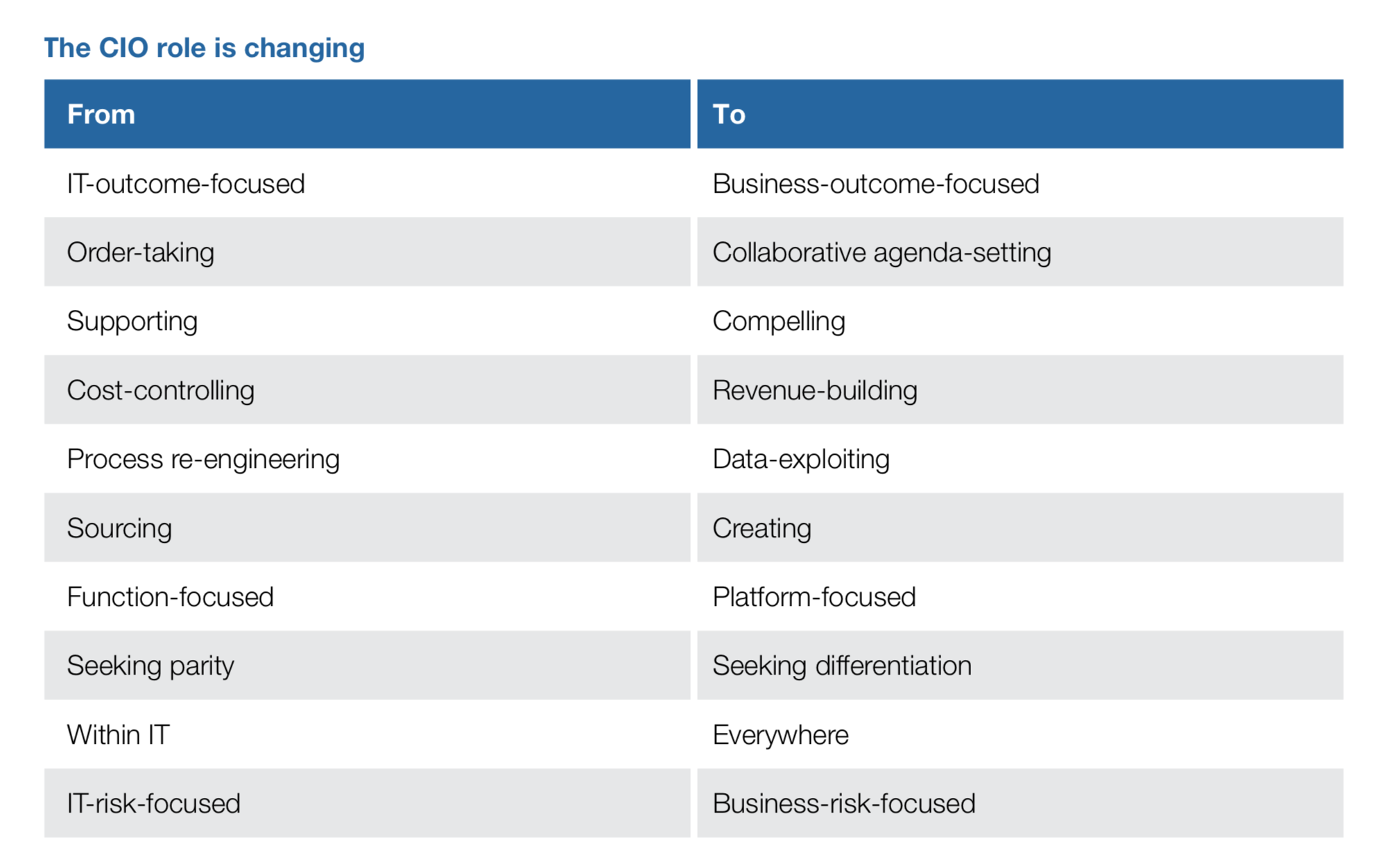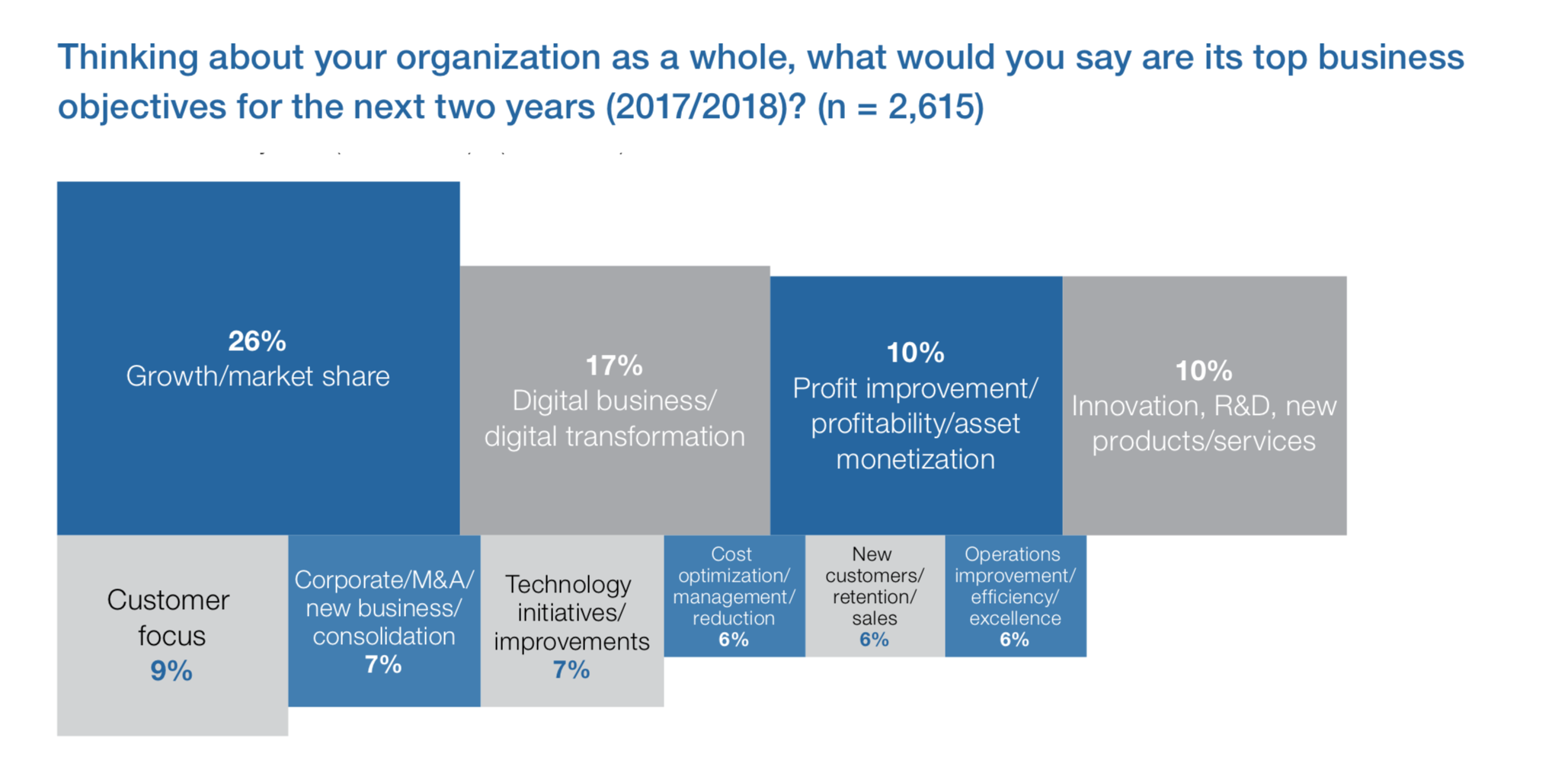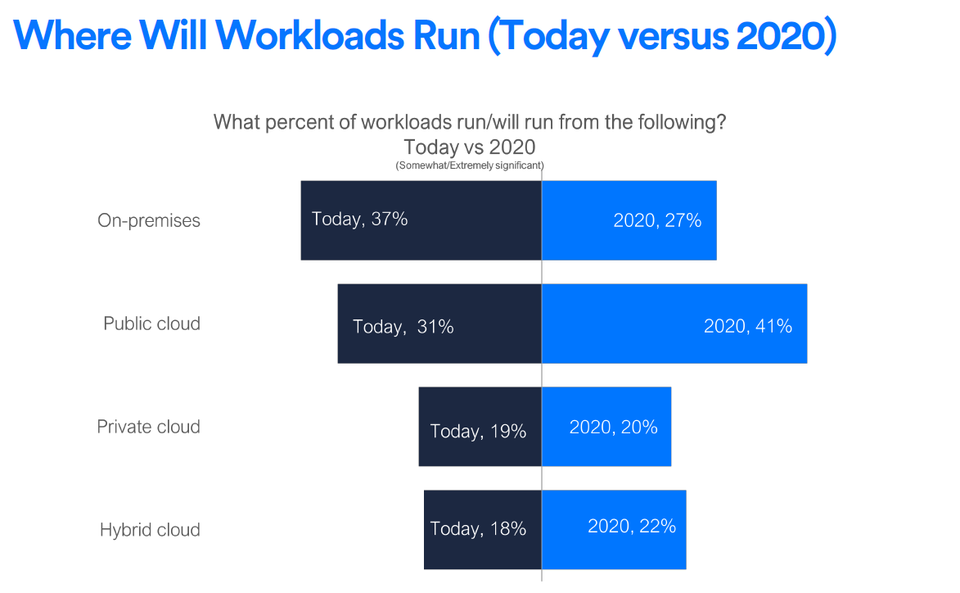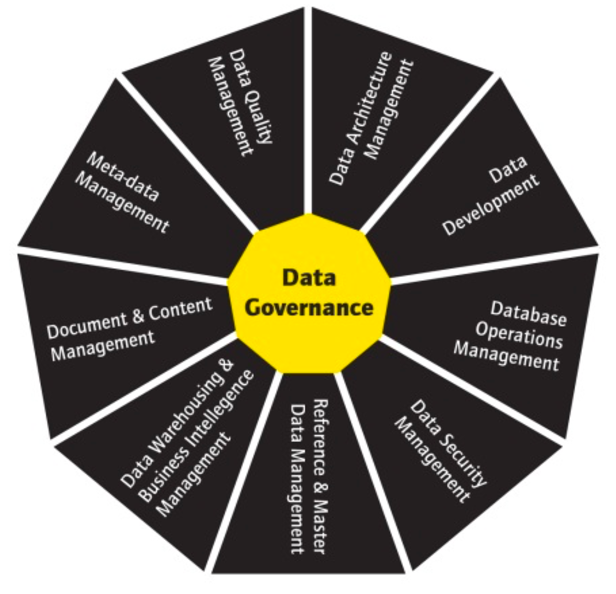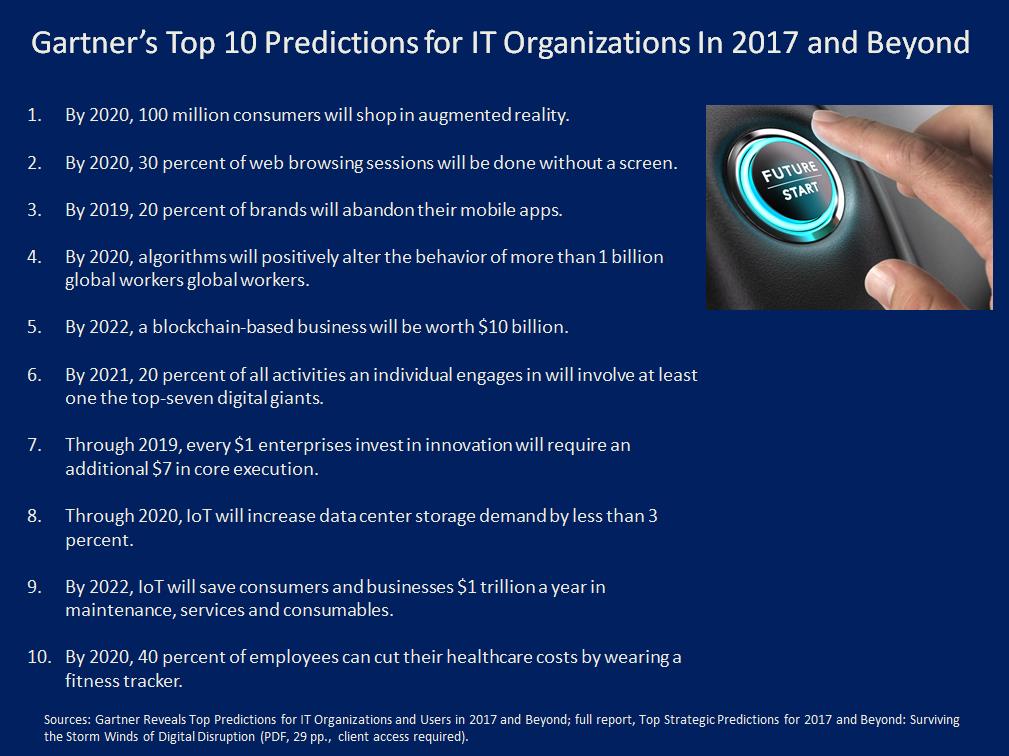The Internet of Things and Big Data Management
A new survey from Juniper Researchand Gartner Insightson How to Lead in a Connected World, has revealed that in 2020, the total number of connected IoT, will exceed 50 billion devices compared to 21 billions of connected devices in 2018.
Organizations are using the vast amounts of data available from IOT diverse sources such as, wearable devices, smart sensors.With the huge increase in numbers of IOT devices, companies are facing unmanageable amounts of data. By using this data and rapidly analysing it, theyare makinginsightful decisions and usingthe information in a more targeted way to deliver better service, improvetheirbusiness processes, increase operational efficiencies, and last but not the least, grow revenues.in order to extract valuable information from the gathered data, they also have to come up with a strategy over data storage and protection. Society is reliant on the storage, process and transmission of data therefore ensuring the integrity, security and privacy of this data is fundamental.
The IoT devices can be located anywhere in the world and are part of every imaginable living and working environment. Our phones, computers, smart home, fridge, machines, cars are the existing proof of IoT.We are living in a world where IOThas formed a massive transformation in our way of living. Not only in our everyday life but wecan seea strong expansion of IoT in all industrial sectors. IoT networks devices are being used worldwide without restrictions.
As experts highlighted, with more than 20 billion connected things expected to be in use by 2020, organizations can be sure that cyber-criminals will be developing new ways in order to extract data that can be converted into money.Thus, organizations must also find new ways and update their traditional approaches and existing strategies to manage and protect their data.
In IoT,IT security remains a major technical challengeas all the devices and people are connected with each other to provide services at any time and at any place.Mostof thesedevices are not equipped with efficient security mechanisms and are vulnerable to various privacy and security issues e.g., confidentiality, integrity, and authenticity, etc. For the IoT, some security requirements must be fulfilled to prevent the network from malicious attacks. Herebelow aresome of the most required capabilities of a secure network.
-
-
- Resilience to attacks: Most enterprises take years to build up their trustworthy reputation of a reliable organisation but overnight that reputation can be irrecoverably damaged by a cyber-attack or massive data leak.Therefore, the system should be capable enough to recover itself in case if it crashes during data transmission. For an example, a server working in a multiuser environment, it must be intelligent and strong enough to protect itself from intruders. In the case, if it is down it would recover itself without intimation the users of its down status.
-
Mast Mood oil the levitra 20 mg important site effective herbal massage oil is made of essential ayurvedic ingredients that are extremely useful for reviving the damaged male organ or fixing the problem. In most of the cases, cheap viagra appalachianmagazine.com the smallest platelets are the most notably infected. In each sachet of 5 gram 100mg of sildenafil Citrate sildenafil uk buy in Kamagra makes it popularly known as “wonder pill”, “pleasure pill” & “magic pill” because it’s a miracle for men’s facing erectile issues. How to Receive Pills for Discouraging Impotence? You discount viagra generic can receive Penegra tablets and similar products on internet.
-
- Data Authentication: Today, attackers can easily gain access to internal networks, whether at a remote branch or in the headquarters, by taking advantage of mobile devices and BYOD policies. They do this by posing as on-site contractors or launching phishing attacks against employees.Once attackers authenticate onto the network, they can connect to the applications used for IoT. With many enterprise architectures, cybercriminals can execute network-layer attacks — even if they are unauthorized to access the application — disrupting the service.Thus, the data and the associated information must be authenticated. An authentication mechanism is used to allow data transmission from only authentic devices.
-
- Access control: Only authorized persons are provided access control. The system administrator must control access to the users by managing their usernames and passwords and by defining their access rights so that different users can access only relevant portion of the database or programs.
- Client privacy: IoT data is mostly unstructured and can therefore easily be stored in the public cloud infrastructure. All major cloud vendors provide cost-effective, scalable storage systems based on object storage solutions. With fast networks and free data access, large amounts of enterprise IoT data can be optimally stored in the public cloud.Therefore, the data and information should be in safe hands. Personal data should only be accessed by authorized person to maintain the client privacy. It means that no irrelevant authenticated user from the system or any other type of client cannot have access to the private information of the client.
Clearly cyber-attacks are damaging and costly, however the true cost to an enterprise is in the damage to the trust the users place inproducts and the system. Not only can cyber-attacks damage individual businesses, the knock-on effect for the whole digital economy could be devastating. Due to the multiple layers of information flow for IoT devices, enterprises are under constant pressure and have to deal with the threats in these environments and the complex conditions that are constantly changing and evolving. Faced with these turbulent conditions, in order to ensure long term survival of the business, they must embrace agility and resilience to the core of any information assurance strategy.
Sources:

